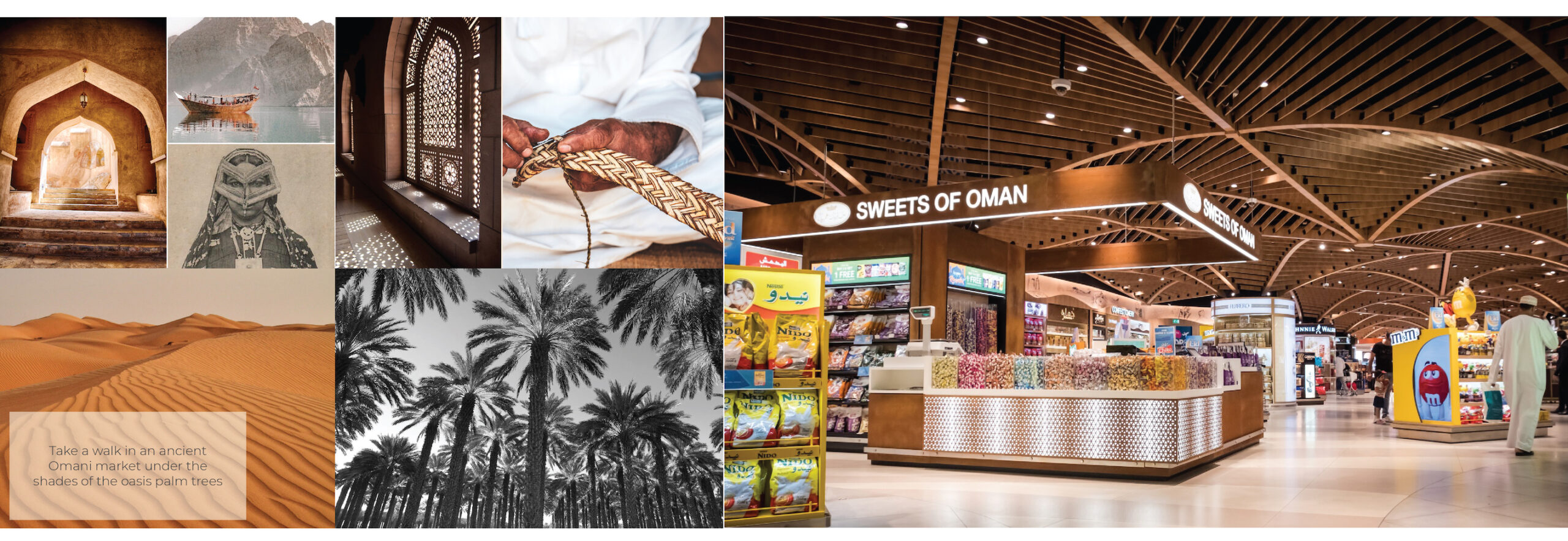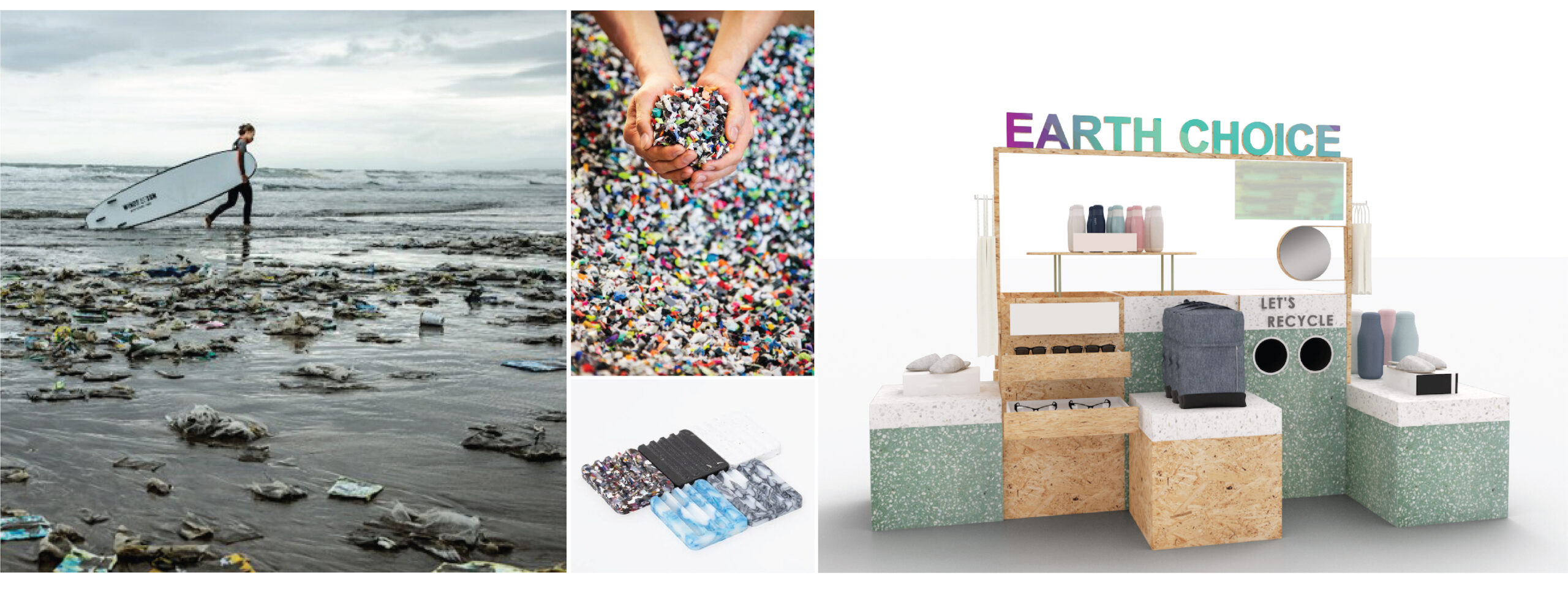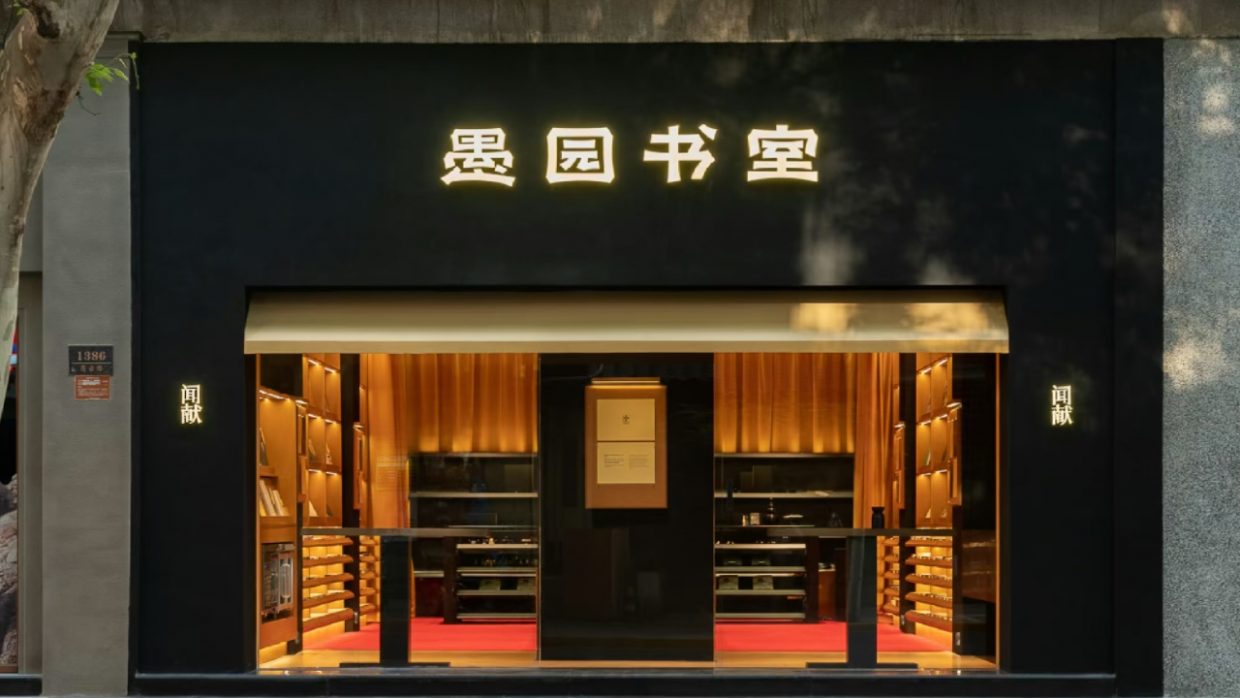 In this guest article to coincide with the latest edition of our Design Curated Newsletter series this week, ALTAVIA Travel Retail assesses how the concept of Sense of Place can be deployed in fresh, creative ways that deliver exciting traveller experiences and bring commercial rewards.
In this guest article to coincide with the latest edition of our Design Curated Newsletter series this week, ALTAVIA Travel Retail assesses how the concept of Sense of Place can be deployed in fresh, creative ways that deliver exciting traveller experiences and bring commercial rewards.
Sense of Place is a phrase that appears often in travel retail circles – in the briefs we receive from airports, operators and brands, to the stories we read online. On one industry news site the search term returns more than 1,200 articles, with some published as far back as 20 years ago. But has the concept faded over time and is it still resonating with today’s travellers?
As an inter-reliant ecosystem, airport landlords, duty free operators and brands need to fully leverage Sense of Place as it has an important role to play today. Post-pandemic passengers are thinner on the ground and they need more attention from us if we want theirs back in return.
To revive Sense of Place we need first to establish what it is. Robin Rossi, Head of Design & Customer Experience at ALTAVIA Travel Retail Dubai, says: “We like to incorporate a multi-layered approach to how we define a location’s Sense of Place. From the obvious visual cues one finds in local architecture and landscapes, to sounds and textures, not forgetting the human element of a certain city or culture that can be conveyed in the service design and rituals offered to passengers.”
In other words, Sense of Place from different perspectives: not simply a dramatic store image of the Empire State Building to let you know you are in New York (just in case you were not aware of that already).
Visual cues and how to use them
“There is a difference between literal translation and clever, aspirational design,” says ALTAVIA Travel Retail Creative Director Talar Bardakjian. “A London taxi plonked in a prominent place in the terminal may not be as engaging as breaking down what makes it unique: the black colour, the vehicle shape, the unique ‘taxi’ sign, and then using these to define the design of the space.”

Obvious visual cues can induce eye-rolling from passengers, but not if they are effectively deployed. “There is a fine line between experiential retail and a theme park, and this can often happen when too much Sense of Place is utilised, especially when done too literally. To avoid this, applying it in a stylised or abstract way within say a local produce/souvenir environment can help. It reduces any overtly themed look and also helps customers see from a distance where local merchandise can be found,” says Hugo Vanderschaegh, Head of ALTAVIA Travel Retail.
Even the most subtle ideas can be effective. “In Norway, our concept came from a more abstract inspiration. The P&C category was designed from the unique shades and hues of the Northern Lights found in the Aurora Borealis. Synonymous with nature, colour and purity, this inspiration is not obvious to travellers but delicately echoes the values of the beauty category,” explains Bardakjian.
Picking up on country vibes
Aside from the brands and the product mix, representation of Sense of Place today is mainly found in the store design where spaces and furniture are inspired by local elements such as architecture, nature and landscape. Some recent ALTAVIA Travel Retail airport projects in Bahrain, Bali, Cyprus and Norway are good examples of design not necessarily trying to mimic local elements, but capturing the mood and vibe of a place.
“At Muscat International Airport the idea was to immerse travellers into an Omani market with the feel of walking under the shades of a palm grove. We think the result creates a relaxing ambiance that reflects the serene vibe of the country. It also puts shoppers at ease and invites them to take the time to browse the offer, away from a more crowded and sometimes stressful terminal environment,” says Rossi.

A local Sense of Place identifier may not always work. That is not a problem because airports can create their own. Hamad International’s giant yellow teddy bear has been hugely successful in creating a talking point at the airport. It has become a landmark with its own personality not reliant on the country’s identity.
Rossi comments: “We analyse and define a true Sense of Place for each specific location by applying unique perspectives. Ones that not only awaken and utilise all senses, but which also bring the human element to life.”
A sense of service and local ritual
That human element is sometimes missed, especially when Sense of Place is limited to the look of a store. It doesn’t have to be like that. In Bahrain, for example, the new VIP lounge in the Bahrain Duty Free retail area could be anywhere. Yet it expresses a distinct Bahraini Sense of Place through the regional hospitality that the country is known for.
Here the customer experience is built around services and rituals that are true to the local culture. Passengers are offered premium beverages while their purchases are being wrapped, and payments are processed. “The ritual – also conveyed by the staff, their uniforms, how they greet customers – has a lasting impact on overall perceptions from customers,” says Bardakjian.

This service aspect is not just for the well-heeled. When regular travellers sample drinks, Sense of Place can be achieved by a novel ritual that entertains and engages. “In Paris Charles de Gaulle Airport a sommelièr serving whisky in a wine glass with macaroons will creates a memorable moment that is just as effective as a Citroen 2CV filled with French gastronomic delights. It’s a different way of achieving the same goal,” says Lucy Tugwell, Head of Brands Expertise at ALTAVIA Travel Retail, London.
Sense of Place with a sustainable purpose
Nowadays Sense of Place must also be tied to sustainability as all stakeholders in the airport value chain are increasingly looking to reduce their environmental footprint. “This means coming up with locally-relevant solutions that have a positive impact on both travellers and our environment,” says Vanderschaegh.
Sourcing local materials and finishes reduces the CO2 footprint of the construction and this is a key criteria of the LEED sustainable design programme and certification. Working with local manufacturers and artisans also brings the soul and craftsmanship of the country to the airport.
As well as helping the planet, a sustainable design strategy is key to how favourably shoppers view a retail space. New generations are more discerning about where they shop based on their values not just in western countries but everywhere. Sustainable initiatives with Sense of Place will play positively with these shoppers.

“We recently worked on the new concept design for Bali Duty Free. On the island of Bali plastic pollution is a regular threat to wildlife and the beautiful beaches. Our approach was to work with local factories that collect this plastic pollution and turn it into furniture and panelling that we used on the project. The look has no Sense of Place as such, but the solution is very strongly tied to Bali’s sustainable future and that resonates strongly with shoppers,” comments Vanderschaegh.
We can’t leave digital out
A final element in the jigsaw is digital. The pandemic accelerated the retail shift to online and consumers are now very used to a broad range of offers, myriad product possibilities, fast delivery, and often high service levels.
They expect something similar from airports, and that means engaging them with rich content across various digital channels to foster a sense-of-place ahead of their trip to the airport to ensure they plan and make purchases.
Augmented reality and virtual reality can create immersive experiences, for example viewing an extinct dodo in Mauritius Airport or taking a front-row seat at the Fendi catwalk in Milan Malpensa Airport. Collaborations and events with influencers and local talents are all part of this type of online sense-of-place activation that links online to offline.
“Behind the scenes, creating a CRM ecosystem with local partners allows more relevant and personalised engagement, online and in-store, while fostering conversion and repeat purchase.
In-store digital campaigns and clienteling applications can help maximise the impact by addressing travellers according to their profile, preferences and behaviour, depending on how far airports, retailers and brands wish to take it,” says Stephane Paraiso, Managing Partner of Azur Digital, part of ALTAVIA.
In short, Sense of Place is not a superficial, one-dimensional, visual-only approach to retailing. It should have a subtly-layered structure incorporating all the elements we have discussed above. Executed well it will excite your customers, and in turn drive penetration and conversion at a time when this has become a priority for all travel retail stakeholders.
*For more, contact ALTAVIA Travel Retail at contact@altavia-travelretail.com







